|
Getting stopped by ‘The Fuzz’ has become part of our daily routine as we travel east. Our running total has now reached more than 40 times in the last 12 months alone. In most Eastern European countries the police have a bad reputation for stopping tourists and collecting bribes. This can be incredibly frustrating when so much bad driving is going on around you unpunished. Emma and I have a strict rule that we will never pay a bribe, and up until now we have stuck to this and not parted with a penny! This kind of low-level corruption should never be encouraged; paying backhanders only makes the police expect subsequent payments from your fellow overlanders. Obviously this is for ‘made-up’ charges and false accusations, if you actually do the crime you should pay the legal fine. Surprisingly Russia wasn’t the worst offender, as we’d heard, we were pulled over at least 10 times but never actually asked for any money. On the one occasion they actually stopped us legitimately, I was made to sit in the back of the smokey police Lada, and much to my surprise the officer showed me a photograph on a laptop of our car travelling at 72kph in an apparent 50kph zone 5km back down the road. Once he learnt we were heading to Mongolia he called us crazy and sent us on our way. Checkpoints are a fairly regular occurrence in foreign countries; we had them in Morocco, Russia, Ukraine and all the ‘Stans. Most of the time they have police control buildings at the side of the road, normally located just after a succession of decreasing speed limit signs crammed into a 50m stretch, making it virtually impossible to slow down in time. In the Ukraine we got stopped by a rather over-zealous speed gun operator stood next to the speed limit sign (90km down to 30km). He wanted to see all my original documents and took me into his little room where he placed his gun on the table and basically tried to get me to pay $200. After playing the dumb tourist (which Emma thinks I’ve mastered), a long wait and a refusal to get into his police car to take us to the nearest ATM, we left without paying a thing! The secret to avoid getting stopped at checkpoints is to avoid making eye contact, helped enormously by a right-hand drive vehicle! That tactic worked up until Kazakhstan where the police stopped us a whopping 17 times. On one occasion I apparently broke 4 laws in the space of about 30 metres when I pulled out from a petrol station. Most of the time the police, waving large orange sticks and whistle blowing excessively, are generally just curious about Bee-bee and her number plate. Again, this discrimination is incredibly frustrating when complete lunacy is going on all around you in cars that are totally unfit for the road. In the former Soviet countries the police are generally pretty useless at patrolling bad driving, ironically the ‘sleeping policemen’ are more effective at controlling the traffic. The permanent farcical wooden police car cut-outs are also a poor deterrent to discourage bad driving. The police do however like inspecting paperwork. Being tourists you do have the advantage that most of the officers have no idea what they are looking at when you hand over documents. Give them colour photocopies in the first instance unless they strongly insist otherwise- once they have the originals the bribing ball’s in their court! Much to our amusement most of the police we encountered looked like the comical sculpture we spotted in Finland 4 years earlier, only the police in the ‘Stans having disproportionately larger hats. We soon learnt that if we stopped far enough down the road past the typically portly police in their elasticated-waist uniforms, their laziness would prompt them to wave us on rather than walk to our car. On the few occasions they did make it to the window (normally the passenger side) we used our over-the-top, non-stop friendly English accents and diversion tactics like showing them the shower and solar panel to charm them/confuse them into letting us go. If you are calm, polite, patient and show them you have all the time in the world to wait they normally get bored of you and can’t be bothered with the hassle of continuing to extort money from you. Even if you can speak the local language, stick to your own because they don’t have the patience for this either.
0 Comments
Following on in our ‘Adventure Annoyances’ series we look now from the surface of the roads to those driving on them, specifically the Bad drivers. Every country has atrocious drivers; only some have more than others, the worst offenders we have found being in Albania, Turkey, Russia and Georgia. Tailgating is a huge problem in all countries, with cars literally less than 2m from your rear bumper at speeds of more than 50kph. The Georgians & Russians in particular have a unique style of overtaking, which involves passing as close as possible to your vehicle; behind, along side and in front. We have witnessed vehicles overtaking vehicles that were already overtaking other vehicles. We frequently see people being forced off the road by on-coming overtaking vehicles, usual accompanied with a kind, informative light flash which states “I’m coming through, even though you have right-of-way and I’m going to have to force you to brake and swerve”. The hard shoulder, when it exists, is also a valid lane for ‘undertaking’. We rode in several Taxis in Georgia’s capital Tbilisi and not once did I see the drivers use their mirrors. One driver purposefully inched sideways todays a lady driver to intimidate her and another reached out his window and snapped off the wing mirror of another car who refused to move out his way. Outside of Europe no one uses baby seats in cars, it’s not unusual to see children playing on dashboards, sat on laps (without seatbelts) and standing in the gap between the two front seats. In Bishkek (a city renowned for it’s chaotic, fast traffic) we witnessed a 5-year-old boy steering the car from his fathers lap whilst dad sat back and ate a sandwich. On one occasion in Armenia crossing an icy, snowy pass we encountered a white Lada on its roof being retrieved from down a steep verge. 30 minutes later the same white Lada overtook us on a blind bend! Seemingly it doesn’t matter what the driving conditions are, the drivers don’t seem to change their driving habits. We had several near misses in fog because other drivers failed to use their lights; rain, snow and ice also have no effect on drivers speed or care. Bright sunshine in your eyes? Just cover your driver’s window completely with a towel, shading your eyes and also obscuring your entire peripheral view. Why just drive when you can multitask? - Combine it with messaging on your phone, reading the paper or eating your dinner? The condition of the cars also doesn’t fill you with confidence, bald tyres, broken windscreens, no lights and often completely overloaded (and that’s not just our car!), sometimes to the point where you are swerving to avoid tumbling items from the truck ahead; from rocks and gravel to onions and potatoes.
One positive side to all of the bad drivers (excluding taxis!) in the countries mentioned is that these motoring misdemeanours are rarely carried out in an aggressive fashion. People seem to accept each other’s stupidity, dangerous manoeuvres and blatant disregard for human life as all part of normal, daily road use. Horns are beeped cheerfully to let others know you’re about to do something reckless and stupid, rather than as a hostile reaction to others foolish and careless driving. Narrowly missing a head-on collision at 60kph on a blind bend from an oncoming, overtaking pickup with windscreen obscured by the tons of hay precariously piled on top… a wave and a big happy smile from the driver on the phone with his baby on his lap and it’s all OK.
Our tasting travels of the Balkans; unlikely to want to eat pastry for a while again but overall a unique culinary experience of the regions cheap eats. Who needs fine dining and fancy restaurants when the real specialities of new countries are found in stalls, takeaways, markets and roadside cafes.
Back in 2012 we visited the National Centre for Contemporary Art in Nizhny Novgorod, Russia, where we watched a film by Anri Sala called ‘Dammi I Colori’. This intriguing film documented former artist and Mayor of Tirana Edi Rama’s controversial project to inject a riotous array of colour into the countries Communist era buildings. Naively we knew very little else about Albania. In the film Tirana looked horrifically run down, incredibly depressing and fairly dangerous - leaving Emma and I with the feeling that it should be avoided. Fast forward 2 years and we find ourselves at the Albanian border extremely excited at the prospect of visiting Tirana. During early 2014 I began to read more about Albania as it became a potential stop on our new route. The countries recent history was fascinating. After the Second World War the country became a Socialist Republic and was ruled from 1944, until his death in 1985, by Enver Hoxha. What was so shocking was Albania's self-isolationist policy and how it managed to exist in Europe during this period. The Communist model borrowed from the Russians led to a political allegiance that was superseded in 1960 when the Russians demanded that a submarine base be set-up in Albanian territory. Bizarrely, Albania realigned itself towards Maoist China and the country experienced a Chinese-style cultural revolution; older administrators were transferred to remote areas and younger trainees placed in positions of power. The introduction of Collective Farming and a total ban on organised religion was also enforced. The repressive political stance meant that tyrannical laws were enforced, people lived in fear of the secret police and private car ownership was banned. Until 1991 the total number of cars in Albania was only around 6000. Now the number of cars in the capital alone has increased to over 300,000 (3 in every 5 are stolen Mercedes from Western Europe). When chairman Mao died in 1976 Albania’s unique relationship with China came to an end and the country was left completely isolated. The economy was left in tatters and food shortages became common. The transitional period between Hoxha’s death in 1985 and the countries rebirth in 2000 saw much turmoil. The fall of communism in Albania, the last such event in Europe outside the USSR, started in December 1990 with student demonstrations. During this time most Albanians were unaware that the Berlin Wall had fallen the previous year! During the Balkans war in the mid-1990s, Tirana experienced dramatic events such as the Albanian Rebellion that unfolded in 1997. The unrest was kick-started by failing fraudulent pyramid investment schemes endorsed by corrupt government officials. Eventually the country descended into national civil disorder and violence resulting in 2000 deaths and the government being toppled. In 2000 Edi Rama became the mayor of Tirana. Rama entered office facing the challenges of corruption, a lack of citizen support, lawlessness and a miniscule budget. He also had the added pressure of working with European Union officials in the lead-up to Albania’s application to join the EU. Rama, a former artist, national basketball player and writer began his term by implementing his ‘Clean and Green’ and ‘Return to Identity’ projects. Rama’s deceptively simple plan to cut crime, curb corruption and win the people over was completely unique. The aim of Rama’s ‘Clean and Green’ project was to unite the residents of Tirana and to instill civic pride and a sense of security back to the city’s inhabitants. He planned to achieve this by reclaiming public spaces, demolishing illegal buildings around the River Lana and transforming the grey ‘Communist’ city into Europe’s most colourful capital. Rama’s first step in reclaiming ownership of the city for the people was to paint the drab grey Communist concrete facades in vibrant colours and geometric patterns. This simple injection of colour became a focal point and the people reacted with discussion. Despite split opinions, is was the first time there was a sense of a shared public space and community. "After communism and the events in 1997 people were lacking a sense of belonging to the country. There was a rage against everything that was a state building because it was perceived as property of the enemy… We are trying to make people understand that what is public is also yours." Edi Rama quoted in "You've got to tear this old building down" Throughout the 90’s hundreds of illegal kiosks and apartment buildings were constructed without planning on former public areas. Rama’s projects reclaimed public space by demolishing illegal buildings, which resulted in the production of 96,700 square metres of green land and parks. Within these spaces Rama planted nearly 55,000 trees, punctuating the grey of the city with lush green public areas. The simple act of painting and planting wasn’t just an aesthetic change, it was a political act, which prompted social transformation and much debate. This simple rebirth and the signs of change revived the hope of the people by making them proud of their environment; crime fell, people dropped less litter and eventually a collective responsibility crept into peoples consciousness. This painterly transformation didn’t resolve all the cities problems but it did begin to put the people first, it showed the citizens that they could have faith in their leaders once more. Despite the capitals development, Rama’s progressive efforts are not entirely understood or appreciated throughout the whole of Albania. Rama’s dramatic transformation of Tirana did however give birth to a rare breed of Balkan politician – one that drew positive interest from Western audiences. His Twitter, Facebook and TED Talk internet presence make him a PR dream, this coupled with his proven track record meant he landed the country’s top executive position, prime minister, in 2013. He now faces the challenge of shifting the West’s perception of the country. Some critics (mostly Rama’s political opposition) say that the facade of new Tirana is just that, a facade. Albania is still Europe’s poorest country and is plagued by drugs and arms trade, power-cuts, murders, corruption and organised crime. It may be true that not all of Albania’s ingrained problems can be solved with a lick of paint but it is certainly a good start in lifting Albania from its historical abyss. Rama’s legacy and vibrant attitude has had, and continues to have, a lasting effect on the country. New buildings are equally as colourful as the old and not only has he restored civic pride, he has inadvertently created cultural tourism to help the countries economy. Albania completely fulfilled all my expectations and I can confirm that Edi Rama fulfilled his goal of creating the most colourful capital in Europe. "Tirana has become the good news from Albania and has changed the image of the country. People that come here are surely surprised, because the stereotype is very strong, and is very different from the reality. And it's nice to see foreigners coming and being amazed, just amazed." Edi Rama quoted in "You've got to tear this old building down" |
Archives
July 2020
Categories
All
|
Proudly powered by Weebly

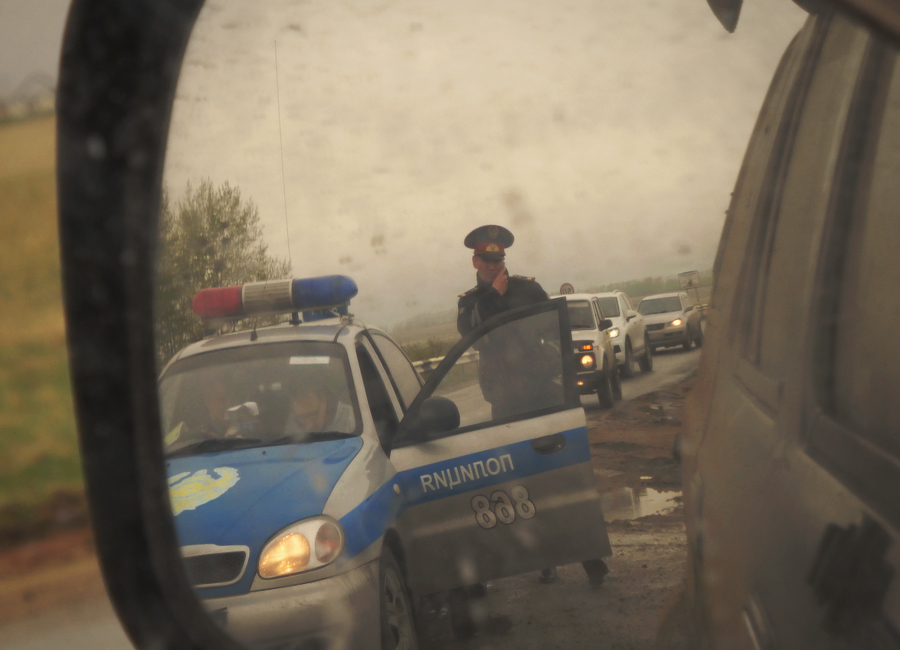

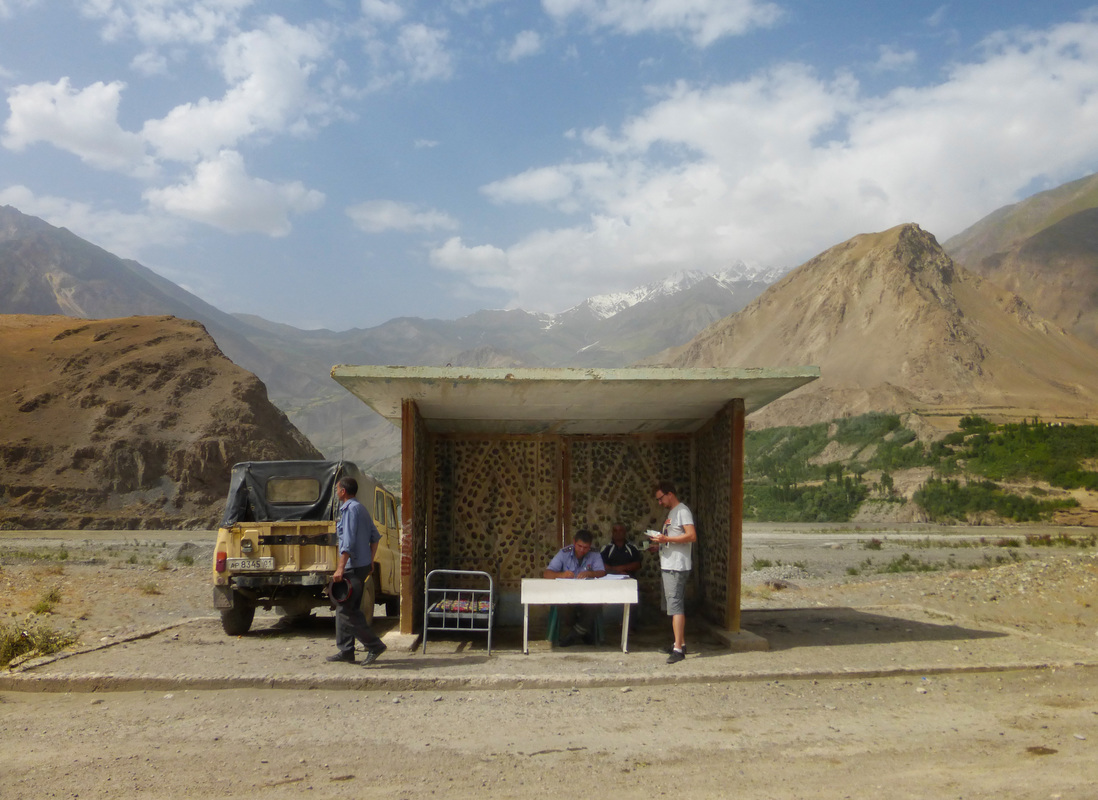
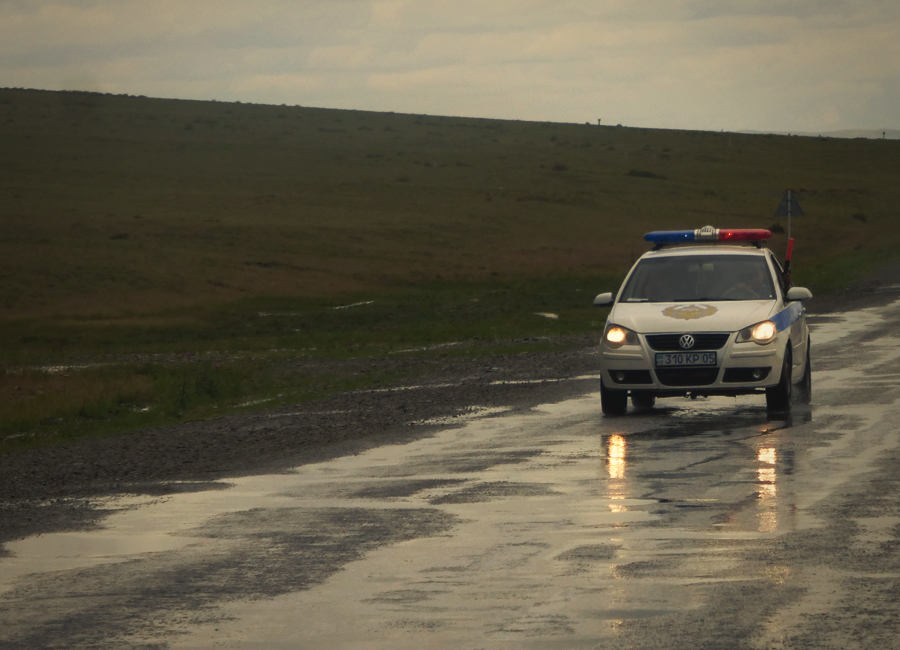
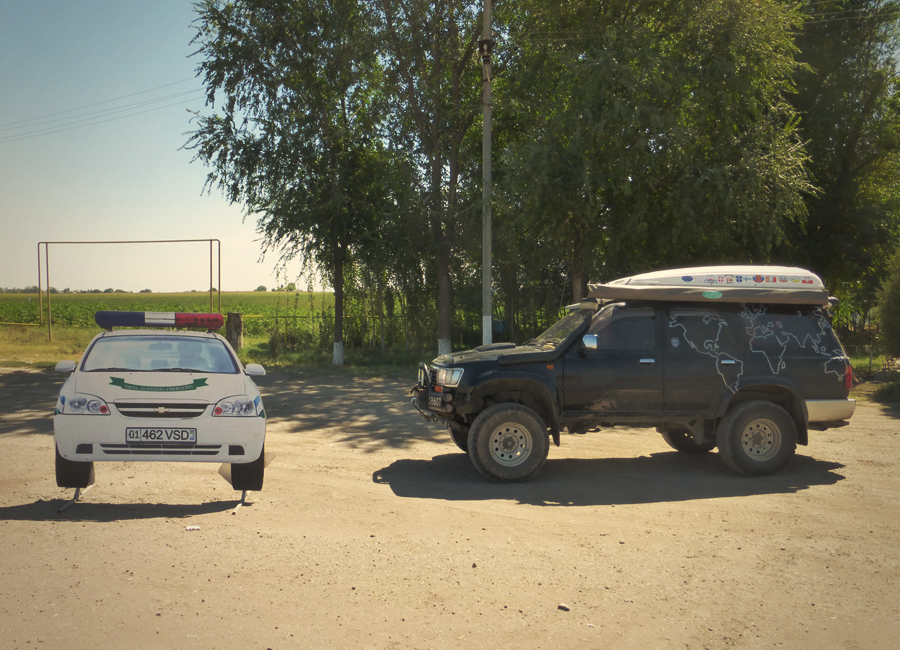
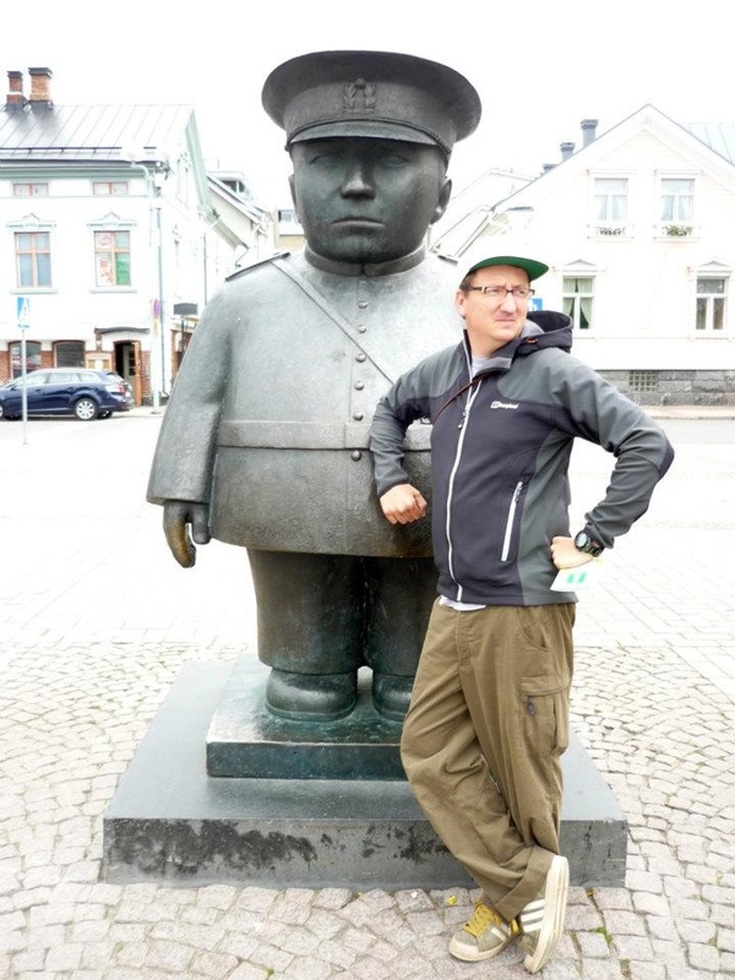
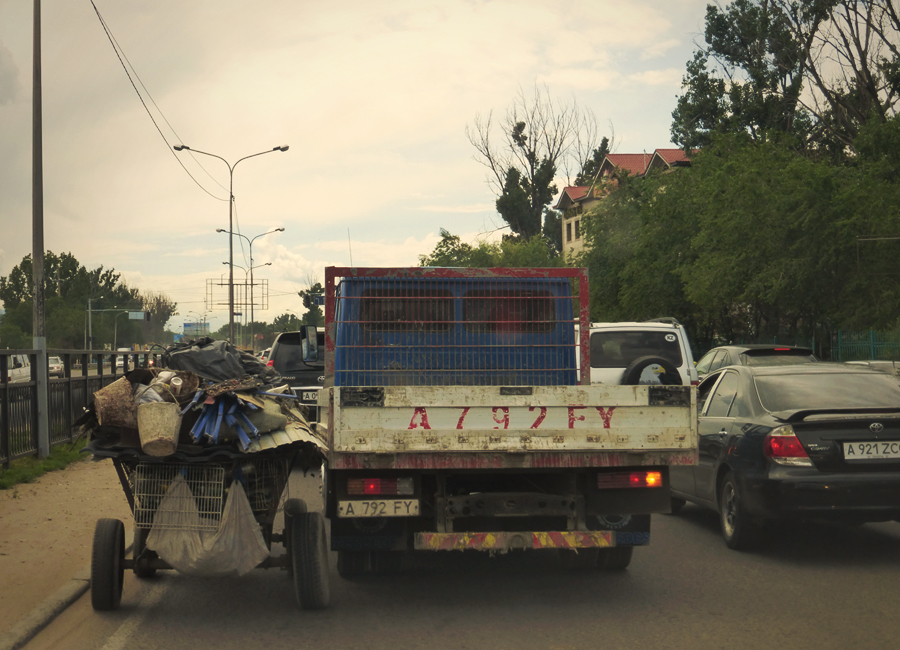
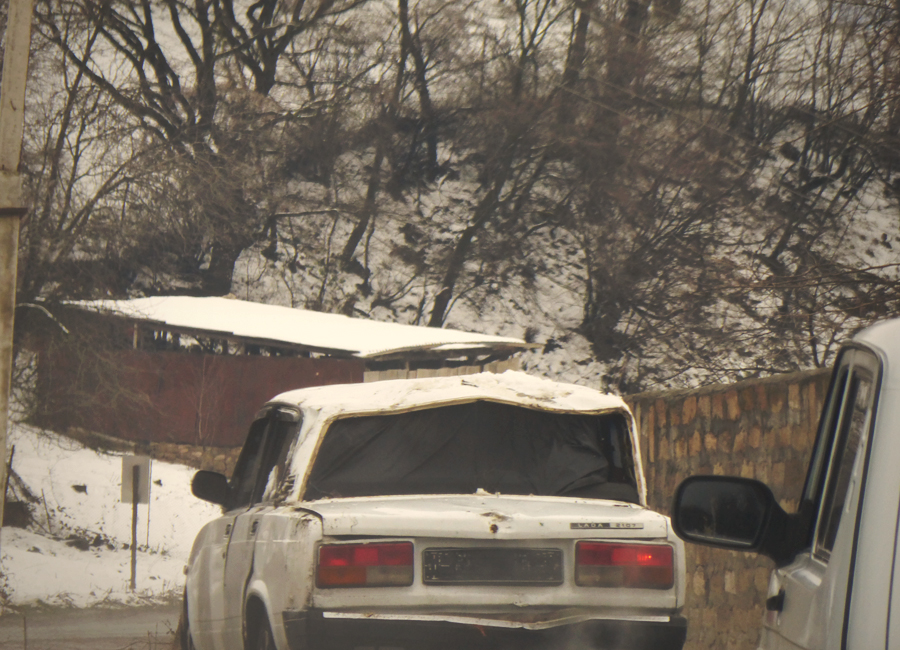

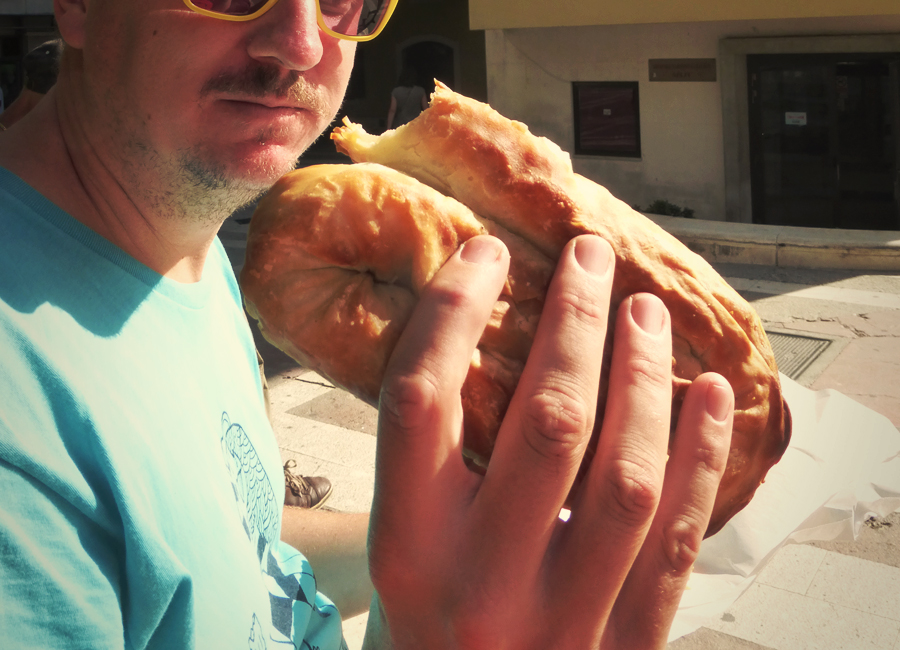
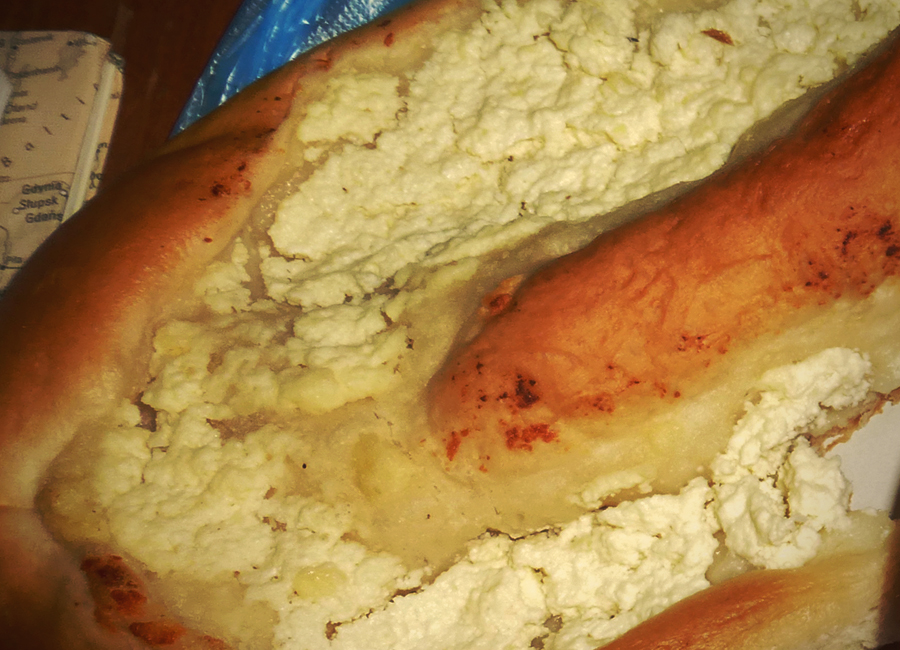
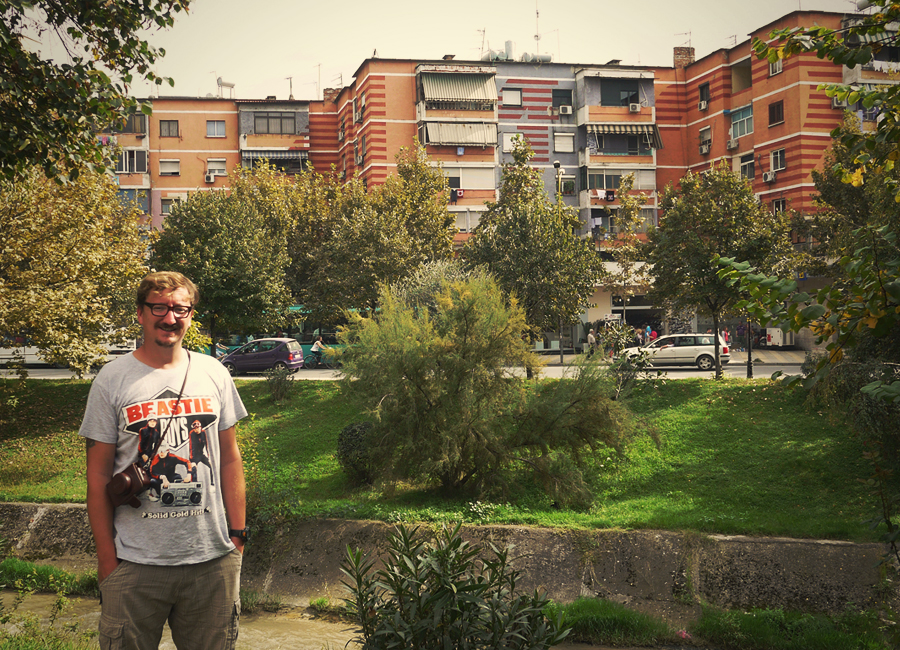
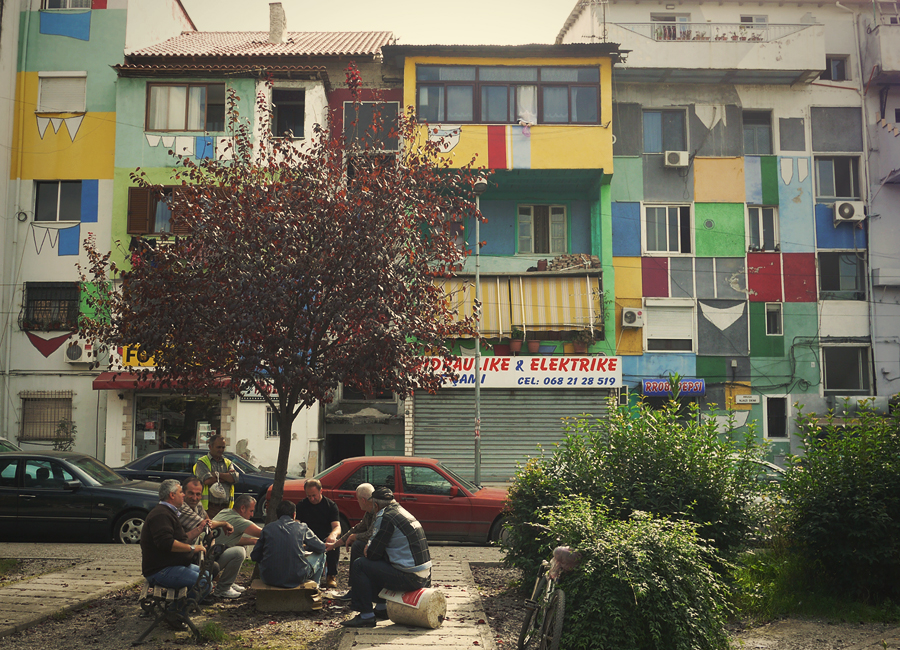
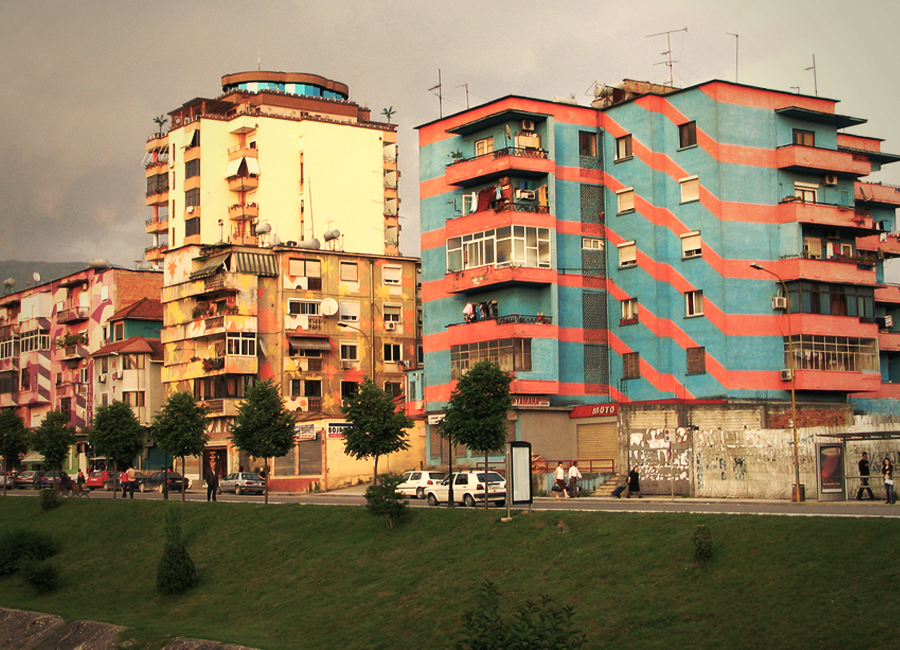
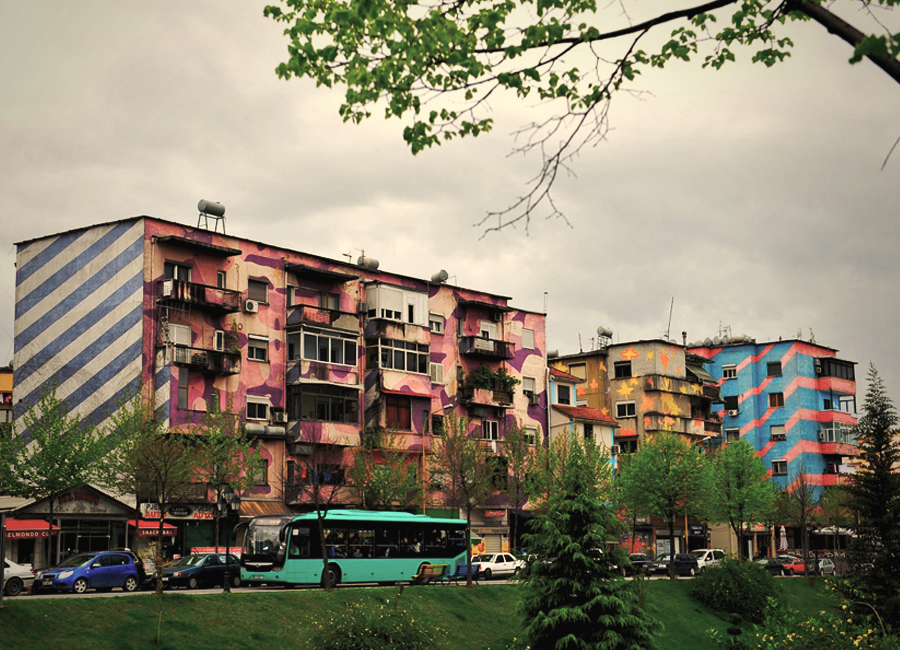

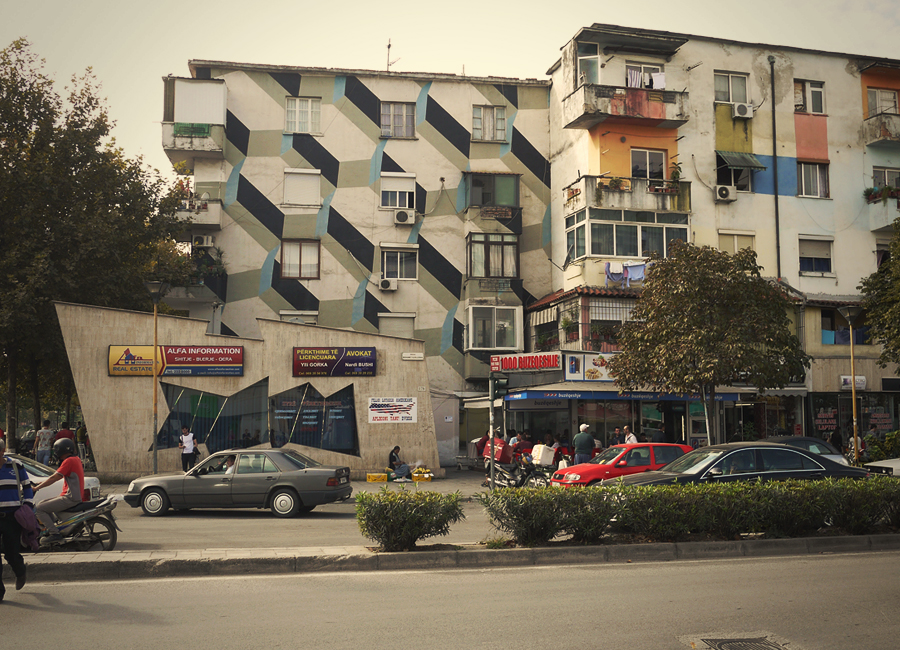
 RSS Feed
RSS Feed